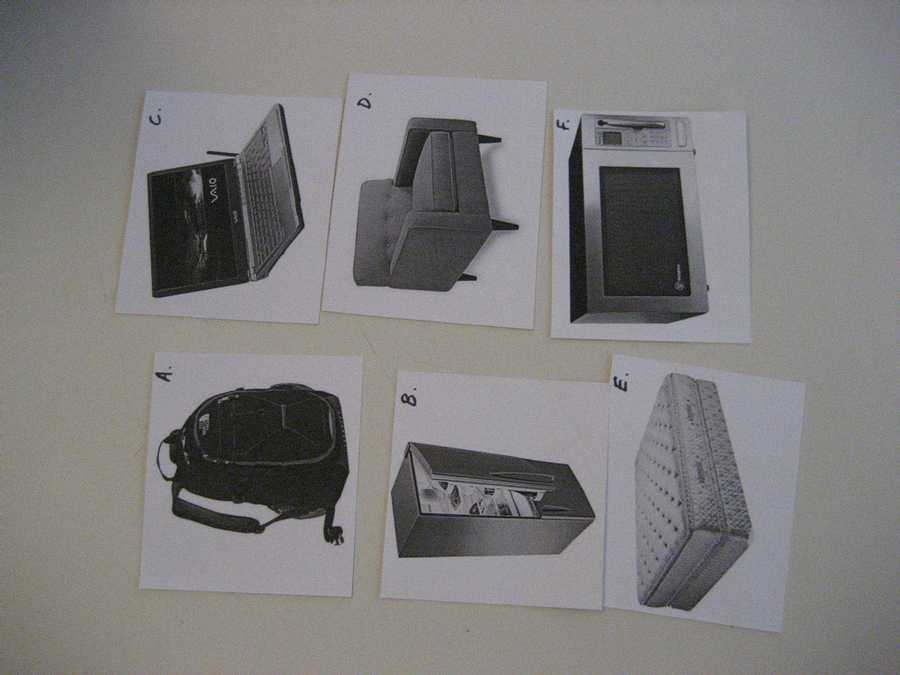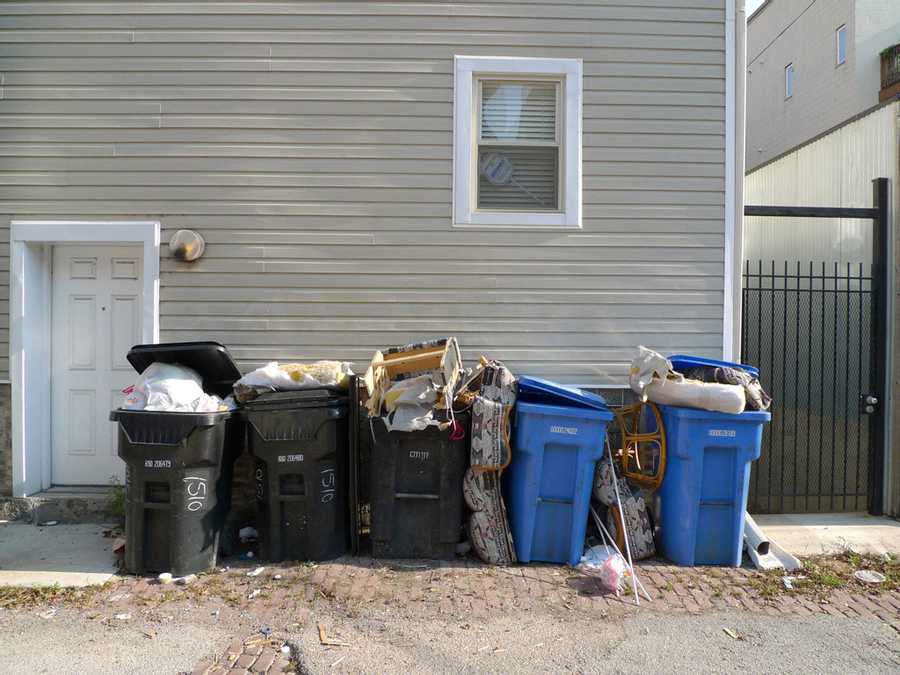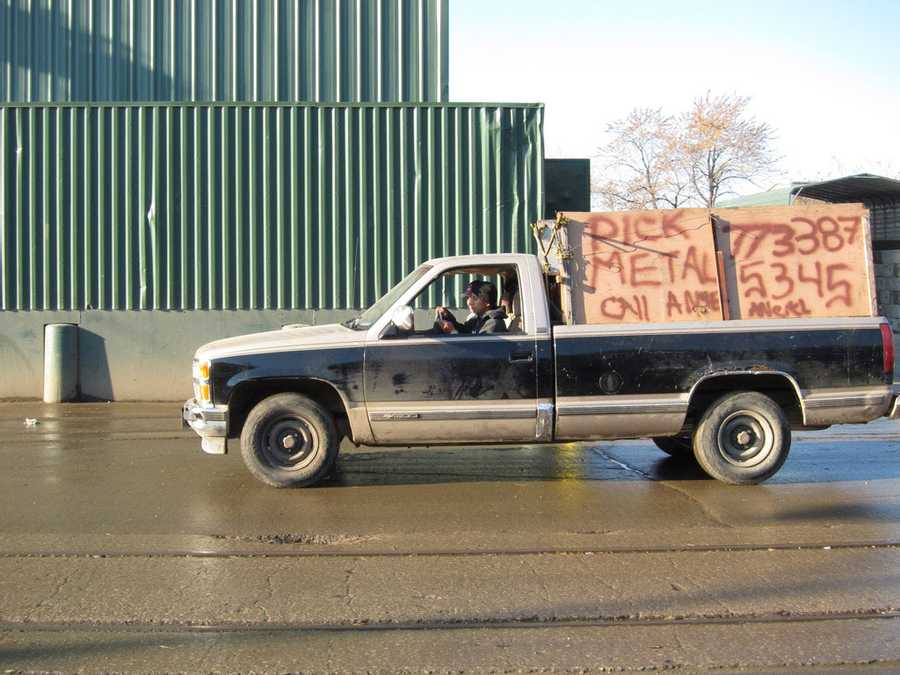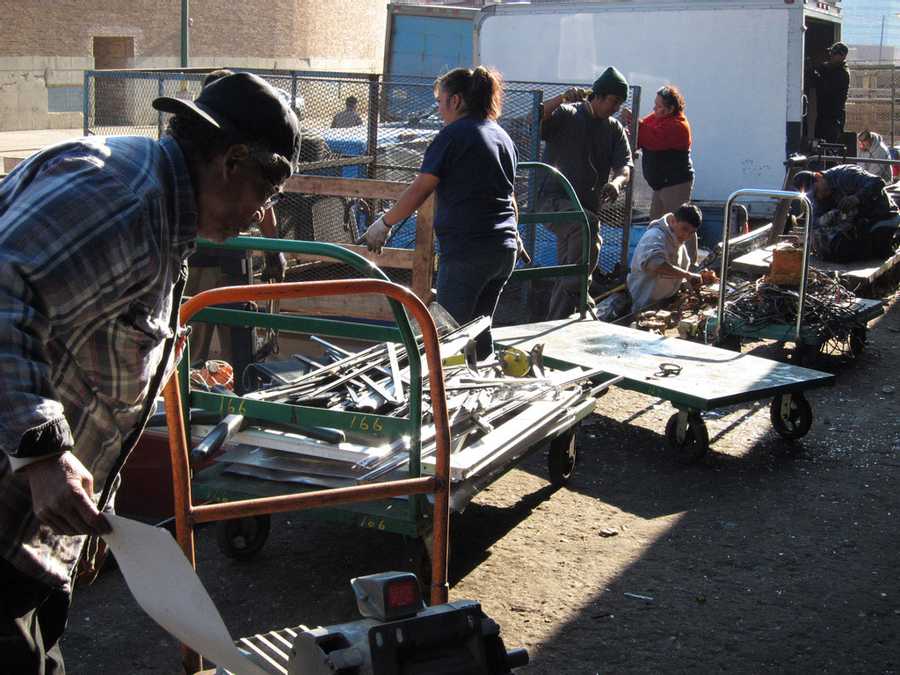Project Information
- When
- Fall 2009
- Who
- Reenu John, Owen Schoppe
- Special Thanks
- Raphael D'Amico
- Download
- Report
We began with the question, "How do Chicago residents dispose of non-routine waste?" This question was broad and difficult to answer through direct observation, as the activity occurs infrequently and irregularly. Thus we began by interviewing residents. Through these interviews we discovered that several channels exist for waste disposal. We then narrowed our research question to focus on the metal disposal channel. To account for the difficulty of observing the complete disposal process, we observed metal waste at the beginning, middle, and end of its journey. In addition to our interviews with residents, we observed metal waste in the alleys and we interviewed scrap metal vendors as they unloaded their haul. From this research we discovered several overlapping needs of both residents and metal vendors, highlighting a major opportunity to ease both their lives. By formalizing the metal vendor channel and making it more transparent, residents would feel more comfortable using them, and vendors could do their jobs more efficiently.





